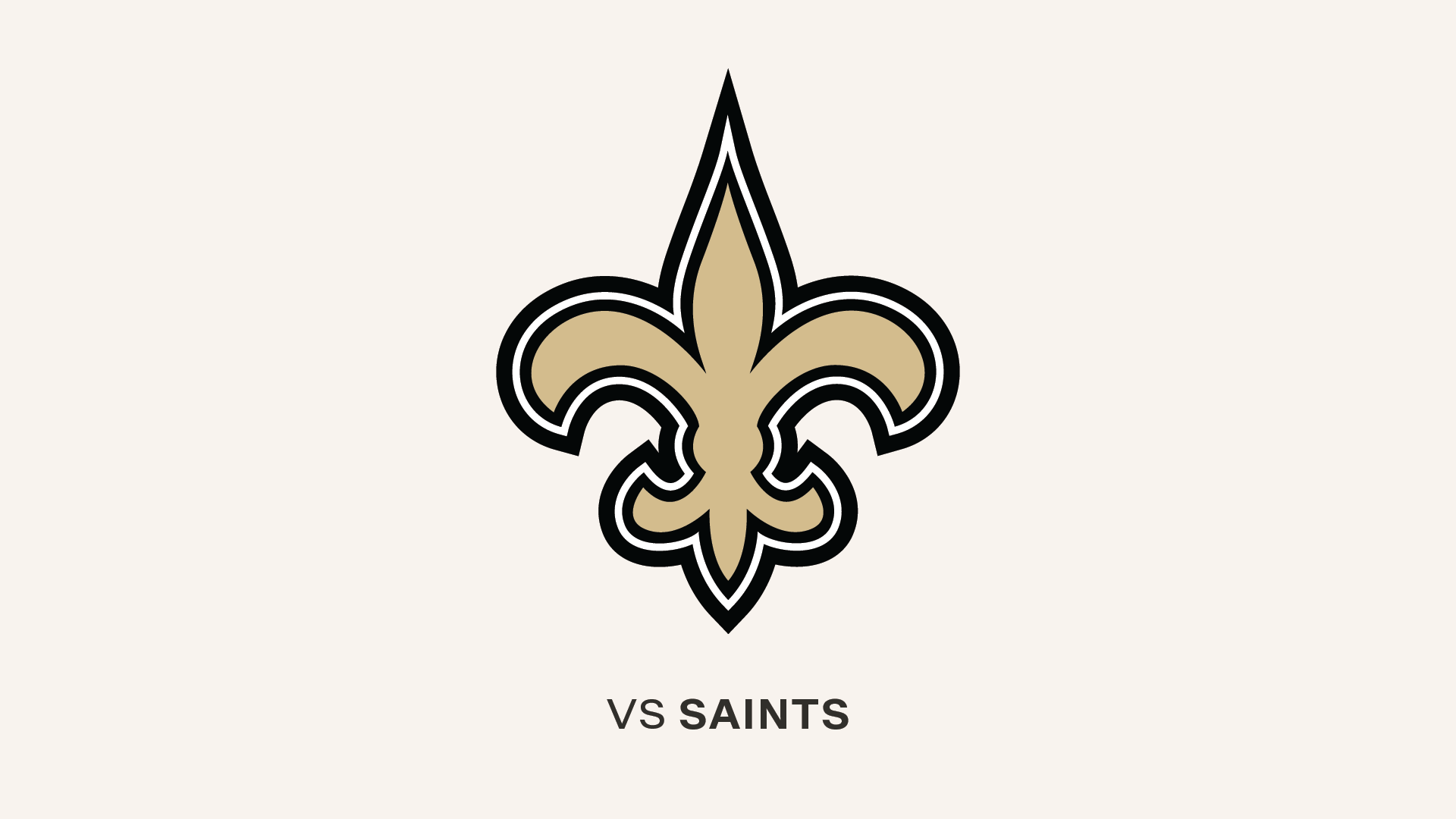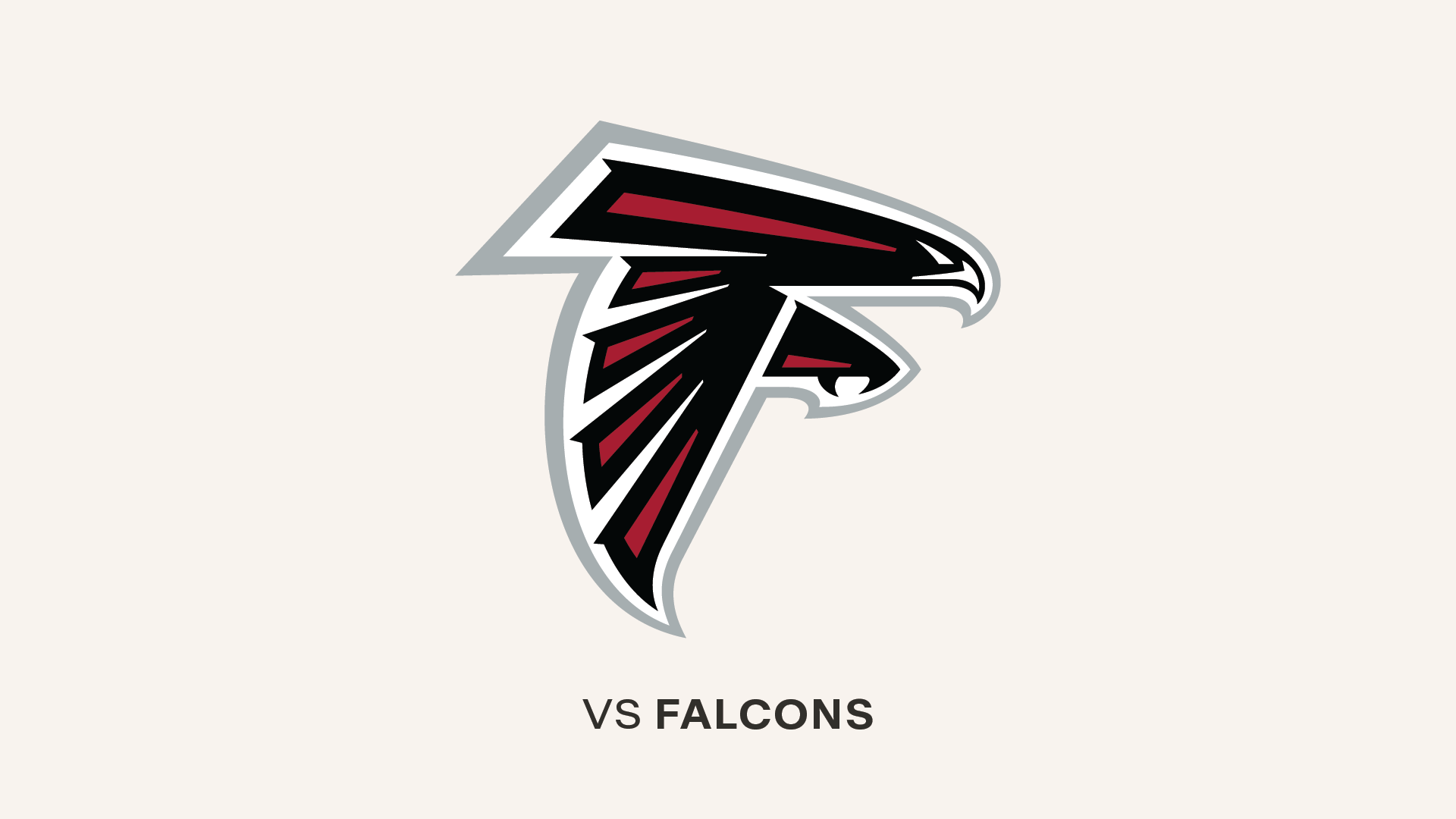- Louis Murphy's 41-yard catch is the Bucs' most impactful play of 2014 so far in terms of changing the game's expected outcome
- There was a similar key moment in the Bucs' memorable shootout win over St. Louis in 2000
- Indy's comeback win in Tampa on Monday Night Football in 2013 was improbable right up to the end
Statistics can help illuminate the game of football…or they can take us down a misleading path. As Tampa Bay Buccaneers Head Coach Lovie Smith said: "I believe in stats, but it's [which] stats."
Smith, for instance, doesn't pay much attention to the NFL's defensive rankings, since they are based on yards, which he considers a meaningless measure. When he shares defensive stats with his team, he focuses on points allowed, takeaways, scoring on defense and red zone proficiency.
Here on Buccaneers.com, we unabashedly love stats, but we also understand the need to wield them wisely. Sometimes, we can get a better feel for why the team is performing as it is by going a little deeper into the numbers. And sometimes we can simply point out something we consider interesting, and hope you will find it interesting as well.
That's our goal with Football Geekery. Each week, we're going to give you a sampling of statistical and or historical analysis, hopefully in a way that is relevant to the Buccaneers' current state of affairs. This week we're going to take a break from the usual three-topic structure and dig more deeply into one very entertaining analytical tool: Win probability. Let's get started.
**
1. Probable Cause
Two words for you to consider: "Win probability." Now, if you're the type who loses interest as soon as you hear acronyms like DVOA or baseball's WAR, you might be tempted to skip to the second section. Bear with me. Win probability may sound like one of these new-era calculations that routinely divide fans into camps of stat-heads and traditionalists, but it's really a fairly straightforward analytical tool that has been around for decades. The best part is that all the heavy lifting has already been done by somebody else, so we just get to enjoy the fruits of that labor.
The reason I say that win probability is "straightforward" is because, really, it's exactly what the name implies. At any point in any game, what is the probability that a team is going to win that game, based on a set of variables at that time. In an NFL game, those variables are essentially the score, the time left in the game, the location of the line of scrimmage and the down-and-distance. Plug in that information and it's compared with similar situations in many other games that came before. If there have been 100 such situations and Team A ended up winning 56 of those games, then the win probability is 56.0%.
Now, let's say you plug in those variables for every play as a game goes along. Each win probability result becomes a data point, and you can create a chart for the way a team's win probability progresses during the game's 60 minutes. Here's just such a chart from Advanced NFL Analytics for the Bucs' win in Pittsburgh last Sunday.
Take some time to play around with it, rolling over any part in the line to see what the win probability is for each team at any point. For the Bucs you want the line to end up at the top; the Steelers would want it to end up at the bottom. In a way that graph mirrors the experience of watching the game, with the line being your mood as a Buccaneer fan. At times you're down (in the dumps) and at other times you're up (off the couch, cheering), just like the line.
Here's an example I've made up. Team A has the football at its own 20-yard line with 1:20 to play and a 23-21 lead. Team B has one timeout left. It's third-and-one. Since they have the lead, the ball and a favorable clock situation, Team A is going to have the better win probability percentage at this point. If, on the next play, they successfully run for two yards and a first down, their win probability is going to go up to almost 100% because now they can almost certainly just run out the clock. If, instead, they are stuffed on third-and-one, Team B's win probability is going to go up because they're going to get the ball back and, assuming they use their timeout at that point, will have more than a minute to work with. If Team A tries to run on that third-and-one and fumbles, with Team B recovering at the 15-yard line, now Team B's win probability is going to shoot way up. They are almost certainly going to win it with a field goal after draining most of the clock.
If that final scenario unfolds, it's possible that the fumble recovery by Team B will be the play that causes the single biggest swing in win probability in the entire game. That is what I personally find most interesting about these win probability charts – which play affected the outcome the most?
Look at that linked chart again. You'll see it starts out in the Bucs' favor, what with the quick touchdown and 10-point lead. It's under 50% before halftime, however, and while the line does get back to 50% in the third quarter shortly after (but interestingly, not right at the moment that) the Bucs tied the game on a Doug Martin touchdown run. It doesn't look too good for the Bucs until very near the right edge of the chart, when it suddenly spikes up over 50%, dips way down again and then shoots up to the top right corner to stay.
Take a look (or take my word for it) at the dip right before the last spike. The Bucs go from 58% win probability after Bobby Rainey gets a first down at the Steelers' 14, but it dives back down to 12% after Mike Glennon's incompletion on fourth down. However, that dive happens gradually, over the course of four plays. The big spike that happens next comes almost all at once. On one play.
Is it Vincent Jackson's diving touchdown catch? After all, the Bucs had to score to win. Well, that play did make a big difference, as Tampa Bay's win probability shot up from 65% to 95% at that point. But the single biggest jump of the entire game came two plays earlier, when Louis Murphy caught a seam pass and turned it into a 41-yard gain to the Steelers' five-yard line. That play alone took the Bucs from a 28% win probability to a 78% mark. From one in four chance to win to three in four chance to win, just like that.

The Bucs' were three times as likely to win last Sunday in Pittsburgh after Louis Murphy's 41-yard catch than they were before it
So far, Murphy's catch has created the single biggest swing in win probability for the Bucs, good or bad, this season. The Atlanta game chart dived down to the Falcons' end quickly and stayed there the whole way. The line in the chart for the St. Louis game danced around the middle for much of the way and was actually in the Bucs' favor at 65% WP with two minutes left in the game. On the next play, in what feels a lot like the Murphy play but in reverse (in terms of Buccaneer happiness), QB Austin Davis hit WR Gary Pettis for a 27-yard gain down to the Bucs' 25 and the Rams' WP jumped from 35% to 75%. That's big, but still not as big of a change as the Murphy play. Despite how close the Buccaneer's season-opening loss to the Panthers was, there were almost no plays that moved the needle anywhere near that drastically.
Going back through the years to look at plays that caused big win-probability swings is a bit labor instance. However, Advanced NFL Analytics also has a nifty little "Win Probability Calculator" which you can use to enter a game situation and have it compared to real game results. I've used it to cherry-pick a five very memorable moments in some very memorable Bucs games to see what results the calculator spits out. You probably expect me to include Ronde Barber's 92-yard interception return in Philly in the 2002 NFC Championship Game but I won't because according to the calculator the Eagles only had a 5.9% of winning before that play. (It went down to 0% - I assume there are some infinitesimal digits rounded off – for the Eagles' next play from scrimmage.) I guess we forget that the Bucs had a 10-point lead with 3:27 to go before Barber's pick; at the time, it certainly felt like the Bucs' lead was very much in danger.
Here are the plays I did choose:
1. Warrick Dunn's improvised lateral to Shaun King in the Bucs-Rams Monday Night Football game on Dec. 16, 2000.
The Bucs were trailing 35-31, shortly after the two-minute warning, facing a second-and-10 at their own 35. Dunn took a handoff to his right and was trapped deep in the backfield by DE Kevin Carter. As Carter tried to bring Dunn down, the running back alertly flipped the ball back to King, who started left then cut back to his left, got around the end, gained 29 yards and took a late hit that tacked on 15 more. After that play, the Bucs had a first down at the St. Louis 35 with 1:33 to go. According to the calculator, the Bucs' win probability before that play was 8.5% (and it was probably getting close to zero at the time Carter was dragging Dunn down in the backfield!). After that play, it was up to 36.7%. So, there was still work to do – and the Bucs finished the drive on a Dunn touchdown for a 38-35 lead – but the outlook had become much rosier.
2. Kurt Warner's 30-yard touchdown pass to Ricky Proehl in the fourth quarter of the 1999 NFC Championship Game in St. Louis.
Thanks to a stifling defense that had shut down The Greatest Show on Turf, the underdog Buccaneers had a 6-5 lead over the Rams with a little under five minutes to play. Warner and the Rams faced a third-and-four at the Bucs' 30 and Tampa Bay's defense dialed up a big blitz, leaving man coverage on the outside. Warner went down the left sideline for Proehl, the noted Buc-killer, and even though CB Brian Kelly had very good coverage, the pass just slipped over his fingers and into Proehl's clutches. The Rams' win probability was already pretty high before that play, presumably because they could pull ahead with a long field goal; it stood at 67.3%. It was up to 88.2% by the time the Bucs' lined up for the next play from scrimmage. Postscript: Had the infamously overturned Bert Emanuel catch at the Rams' 24-yard line been upheld instead, the Bucs' win probability still would have been just 7.0%, according to the calculator.
3. Matt Bryant's 62-yard field goal on Oct. 22, 2006 to beat Philadelphia.
When you choose the very last play of the game, you know the win probability afterward is going to be either 100% or 0%, and of course we know that Bryant made the long-distance shot to give Tampa Bay the improbable 23-21 win. I still thought it would be interesting to see what the number looked like before Bryant's kick, just to see how much ground he made up with one incredible blast. The calculator puts the Bucs' win probability at 22%, which seems impossibly high to me but still represents quite a hurdle to overcome. Interestingly, when the Bucs were at their own 47, first-and-10, with 15 seconds to go, they had only an 8% WP, but Bruce Gradkowski's nine-yard scramble apparently provided a glimmer of
4. Trent Dilfer's 31-yard touchdown pass on fourth down to Karl Williams against Arizona on Sept. 28, 1997.
This game might not rank quite as high the nostalgia scale for Buccaneer fans; it is perhaps best known for being #5 in the Bucs' five-game winning streak to open the 1997 season, which in turn propelled the team to its first playoff berth in 15 years. It's also interesting in this exercise in that the play in question – which proved to be the game-winner – came on fourth down. Trailing 18-12 with five minutes to play, the Bucs got good field position when John Lynch intercepted a pass at the Cardinals' 35. Tampa Bay's offense had all of 120 yards to that point and the team had scored half of its points on a blocked punt, and it quickly fell into a fourth-and-six at the 31. The Bucs elected to go for it, Dilfer hit Williams on a crossing route that was good enough to move the sticks…and turned into more when Williams dashed all the way to the end zone for the go-ahead points. That one play raised the Bucs' WP from 17% to 56%.
5. Pick a play, any play, from Bucs-Colts, Monday Night Football, Oct. 6, 2003.
My apologies up front to any Buccaneer fan who has spent years trying to scrub this game from his or her memory. I don't like reliving that night any more than the rest of you. But from a win probability standpoint, it's utterly fascinating. For anyone not familiar with that game, the Bucs led Peyton Manning and the Colts, 35-14, with just over five minutes to play after a Ronde Barber pick-six. A three-TD lead with five to go seemed insurmountable, even with Manning on the other side. In fact, WP% said Manning and company only had a WP of 1%, and that was after Brad Pyatt returned the ensuing kickoff all the way to the Bucs' 12. That number went up to 5% after an Indy touchdown and successful onside kick, but dropped back to 2% when the Colts faced a fourth-and-six at the Bucs' 28 a minute later. Manning hit Marvin Harrison for a 28-yard touchdown on that fourth-down play but after a failed onside attempt, they were still only boasting a 3% WP, trailing by seven with 2:27 to play. When the Colts got the ball back at their own 15 with 1:41 to go, they were up to an 8% WP, and it jumped to 12% when they got it out to their 42 two plays later. That's when Manning found Harrison again, this time for 52 yards down to the Bucs' six. Suddenly they were up to 35% WP. The Colts did score but the Bucs were at a 56% WP when they got the ball back with the game tied and 26 seconds to play. They went to overtime, and Tampa Bay's WP was at 57% after winning the toss. The Bucs had to punt, however, and Indy eventually won on a 29-yard field goal with 3:50 to play.






































